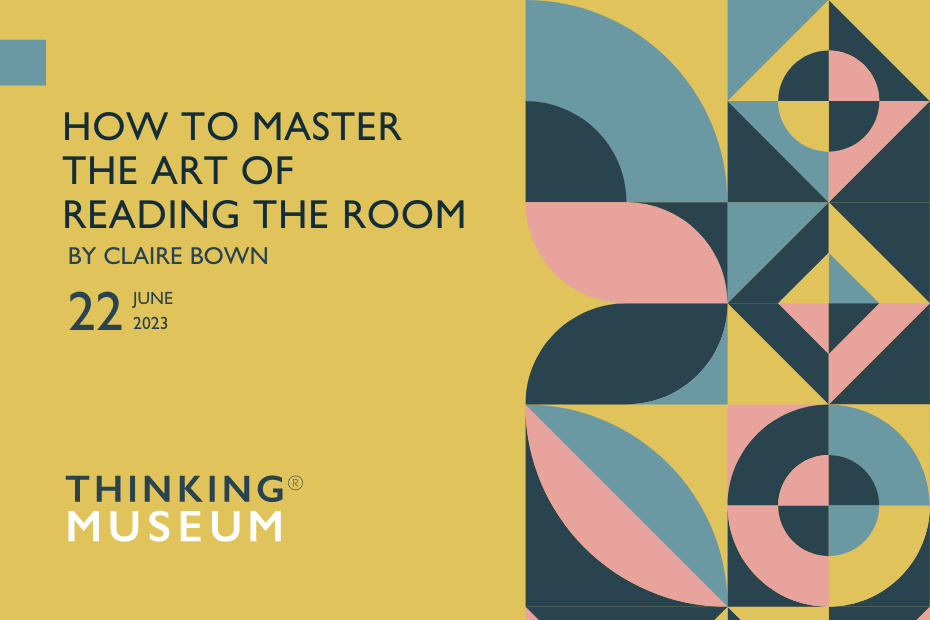When it comes to working with groups in a museum or any other setting, being able to “read the room” is a valuable skill.
Understanding the mood in the room and how receptive people are can make a significant difference in your interactions.
In today’s post, I’m exploring the art of reading a room and providing practical tips to help you enhance your ability to understand and connect with your audience.
Why reading a room matters
Reading a room means understanding the overall atmosphere and how people in a group are responding. It goes beyond surface-level observations and involves picking up on subtle signals and cues.
By reading a room, you can gauge whether the group is actively engaged, enjoying the programme, or even paying attention.
It allows you to adjust your approach in real time, address any issues, and personalise the experience based on the group’s needs.
Essentially, reading a room helps you create a better connection with the group, adapt your communication, and ensure a more positive and meaningful interaction for everyone involved.
Picking up on clues
Reading a group involves more than just paying attention to the discussions taking place.
It requires you to be attentive to subtle cues, including underlying reactions and unsaid expressions. These cues may not always be easy to detect, but with practice, you can train yourself to be aware of them.
By doing so, you can influence group dynamics and create a more engaging and inclusive environment.
Tips for reading a room
- Observe: Take the time to scan the room and notice how people are positioned, who they are interacting with, and their overall demeanour. Pay attention to facial expressions and body language, as they can reveal a lot about individuals’ feelings and level of engagement. However, be cautious not to jump to conclusions, as these cues can sometimes be misleading.
- Listen: Practice active listening by focusing on what others are saying without formulating your response in your mind. This is especially crucial in online programmes where non-verbal cues are limited. Pay attention to the emotional tone of participants’ words, which can provide valuable insights into their responsiveness.
- Create Assessment Moments: Design opportunities throughout your programme to assess the group’s energy and willingness to participate. Take the temperature of the group. This could be during interactive activities or moments of reflection. Use these moments to observe the dynamics within the group and adapt your approach accordingly.
- Check-In Regularly: Incorporate regular check-ins to gauge how the group is feeling and what they are thinking. Ask closed-ended questions to obtain quick feedback. You can also validate your observations by asking the group directly if your perceptions align with their experiences.
- Embrace Individual Differences: Recognise that each person in the group may have different needs, perspectives, and emotional states. Avoid assuming that one person’s behaviour represents the entire group. Remain open-minded and consider a variety of possible reasons behind certain behaviours.
Conclusion
By mastering the skill of reading a room, you can enhance your ability to connect with and understand groups effectively. Paying attention to subtle cues, observing body language, actively listening, and regularly checking in with the group will enable you to create a more engaging and tailored experience. Practice these techniques consistently, and over time, you will become adept at reading a room and navigating group dynamics with ease.
CURATED NEWSLETTER
Every Friday I send out a weekly newsletter full of inspiration and ideas. Each week I share one thing to watch, one to read and one to listen to every week and all my news too. Sign up below!
